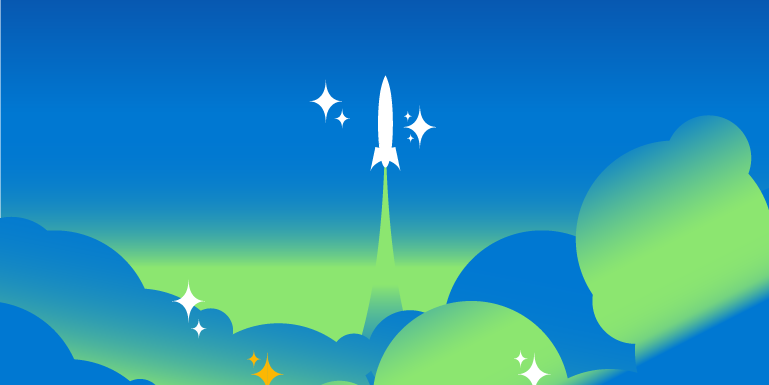Three weeks ago, I dropped off my fourth and youngest child at college—the same school his mom and I both attended back in the ’90s. On the one hand, I was struck by how familiar it all felt. He now lives in the same dorm his mom did during her freshman year, which still has the familiar fluorescent lighting and linoleum floors.
But as recognizable as his environment feels to me now, I know that the world he’ll step into after graduation will be very different from the one in which I had my first work experiences.
AI is creating a seismic shift in the way humans spend their time—reshaping entire workflows and patterns that have long defined the workday.
One new pattern that’s emerging reflects a fundamental evolution in our relationship to personal technology: to use AI effectively, you need to collaborate with it as if you’re working with a colleague—not a calculator.
From command to conversation
From the days of vacuum tubes and punch cards, computing has always followed the same command-and-control pattern. Humans give an instruction (“input”), and the computer obeys (“output”). Calculators work this way (“solve this math problem”), and until recently, internet search worked the same way (“find the relevant web page”).
When AI first came to work, most of us had yet to understand that this paradigm was about to be flipped on its head. Even 18 months ago when we introduced Copilot, “prompt and response” thinking was still the rule—type in the right combination of words or phrases and expect a result that felt like magic.
Since then, people who put AI to work have learned that the most effective way to collaborate with it is more iterative and layered. It’s a conversation, not a command.
Say you need Copilot to help you build a product pitch deck. If you offer up a single prompt (even a detailed one), Copilot likely won’t generate a finished presentation that meets your needs.
You get the best results when you work iteratively—or “co-create”—with AI. You add details. You point Copilot to relevant files, and it comes back with an outline that you can adjust, add to, and reorder.
When you’re ready, Copilot will generate slides that you can edit. That same process can shape every step of deck creation, from formatting to illustration. Co-creation gets people to a satisfying, useful product.
Learning and unlearning
This new human-AI collaboration pattern requires learning new skills and habits—and unlearning others. We’ll need to move beyond the “calculator approach” of working with technology. Instead, we’ll learn to collaborate with AI—something that looks an awful lot like collaborating with other humans. In fact, to co-create with AI you need to tap into the same skills that leaders use to supervise and guide employees.
When you’re managing someone, you don’t take a one-shot approach: “Here’s an assignment. I hope you get it right on the first try.” Instead, you become a coach. You set expectations, review the work, and provide feedback. Rinse and repeat.
The same holds true with AI. You need to know how to give the right context in a prompt, which means distilling what background information is helpful and what’s just noise. You might need to clarify your instructions. You evaluate the output. When the response is off, you redirect to get to the best outcome.
Soon enough, this mode of co-creation will begin to reshape organizations, where even the most junior employees will become managers of multiple AI agents. Everyone will orchestrate them to take mundane tasks off their plates and leverage AI’s expertise to generate more value more quickly and at a much lower cost.
What’s next
In this transformation made possible by co-creation, I see a tremendous opportunity for employees and leaders at every stage of their careers.
The first “generation AI” graduates will enter the workforce with an almost native understanding of the collaborative back-and-forth that AI requires. They’ll understand the value of delegating tedious, time-consuming entry-level work to AI—which will free up their own time and energy for higher order tasks, whether they’re crafting strategies for their first job interview or building their first companies.
Meanwhile, more tenured employees can put their existing management skills to new use with AI, building capacity for themselves and their teams so they can scale their impact like never before.
Regardless of your role or placement on the org chart, AI will level the playing field for every employee. With AI, everyone can be a data analyst, a designer, or an editor. And everyone will be able to delegate items from their to-do list to AI, opening the door to more impactful and strategic work. And everyone will start to co-create with AI and human colleagues at the same time, an emerging pattern that promises to amplify team creativity and productivity.
Summing it up
With AI, work is transitioning from people using technology as tools to people working alongside technology as colleagues. Co-creation is how we will all manage that new relationship. This pattern is already altering our day-to-day experience of work. Soon it will shift the long-term arc of careers, for everyone from new college graduates to senior executives. With help from AI, we’ll all take on work that’s more strategic, meaningful, and, hopefully, more inspiring.



